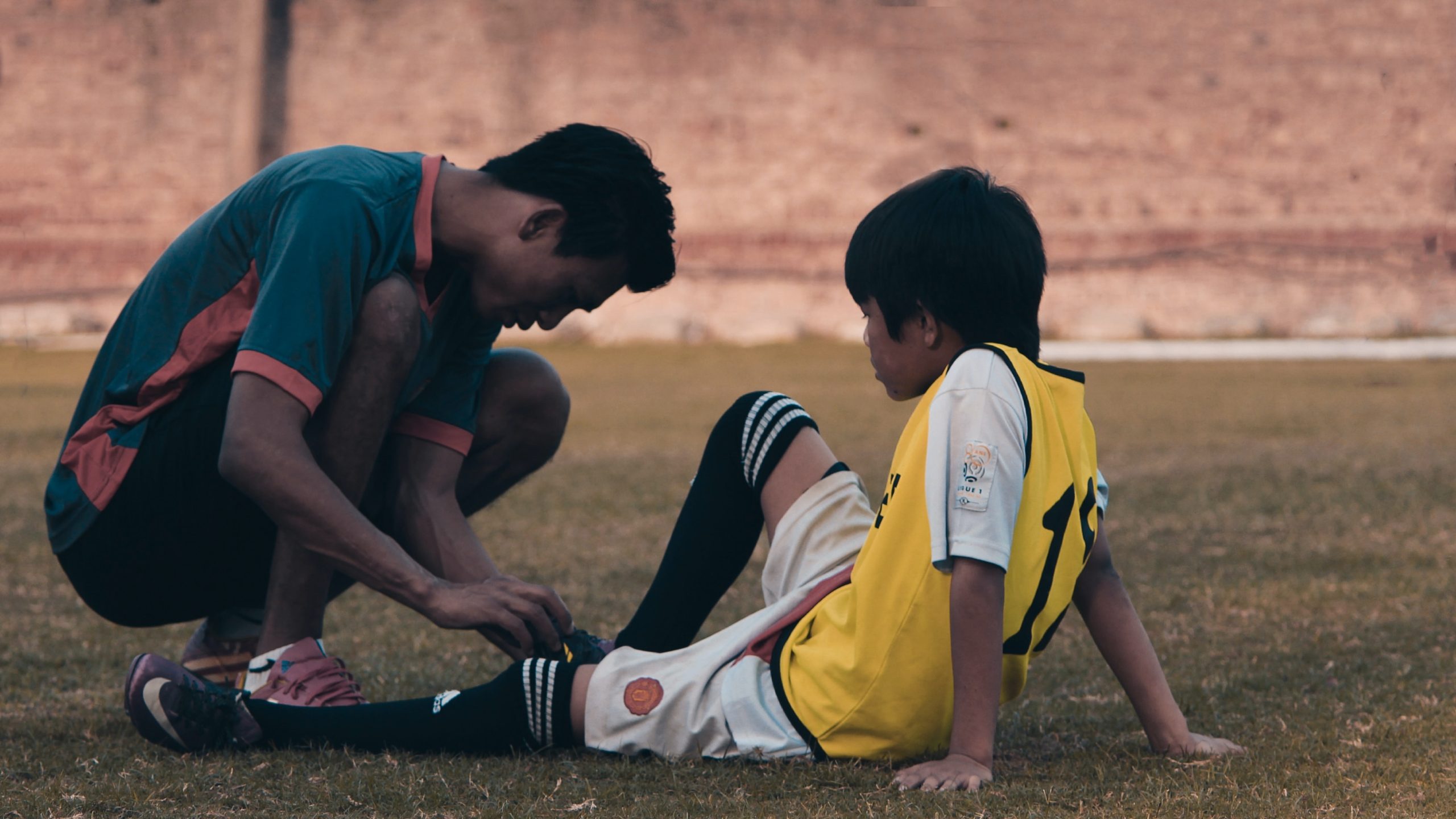
Injury prevention: Mid-season injuries
Injury prevention is an important aspect of elite sports. The nature of injuries and their risk factors vary from the person to person and the type of sport. Risk of sporting injuries are generally higher mid-to-late season due to accumulated load on top of fatigue and inadequate recovery. These injuries are important to prevent and avoid due to the impact it can create in performance throughout the season.
How do injuries occur: the risk factors
The mechanism of injury is multifactorial in nature. These can be categorised into internal risk factors, external risk factors, and the exposure to an inciting event that leads to an injury.
The internal risk factors:
Internal risk factors are related to personal features of the athlete. Non-modifiable internal risk factors include age, sex, body composition/anatomy, and genetic factors. This means that some athletes are naturally more/less likely to get injured based on their profiles. Previous injury history, especially the ones that were poorly rehabilitated, plays a role too. But there are also risk factors that are modifiable. These include your current physical fitness and psychological status. Good pre-season training programs that enhance strength, power, endurance, and control are important. Furthermore, in-season training that maintains function and skills are critical to risk of injury.
The external risk factors:
These are factors that the athletes are exposed to during the season. These can include coaching, rules, sports equipment and kits, and the environment. Competition may be in a different state or country where the difference in weather or court conditions could affect performance. These possible risk factors should be factored in prior to the start of the season with strategies to manage them.
Lastly is the inciting event. This means an event may occur that leads to onset of disability, leading the person down the path of injury and a need for restoration of function.
How to prevent a mid-season injury
-
Understand the demand, prepare for the demand
As alluded to above, injuries happen when load exceeds capacity. Knowing the load demand you will be exposed to is critical. How many games will you participate in? How many sprints/jumps will you do per match? These are the type of questions you need you ask yourself. Then you need to evaluate whether your current capacity meets such demand. Does training address the necessary components? Is pre-season training load equivalent the workload expected during the season? Having a good knowledge of what your body will be put through is key. If you are unsure, an exercise professional such as an exercise physiologist can help you assess and plan this component.
-
Managing workload
Following on from the previous point, workload management is crucial in preparation for the demand. Workload management is a balancing act. Ensuring enough exposure to promote our body to adapt, but also allowing for enough recovery.
If you are undertrained prior the season, you may get injuries from acute overloading. This is when a singular event pushes stress levels beyond both the tolerance and capacity threshold. On the other hand, if you trained too much, chronic overloading could occur. The culmination of stress overtime in addition to inadequate recovery, exceeding thresholds and eventually tissue failure.
-
Never neglect psychosocial factors
However, note that LOADING is not only physical, but also psychosocial! Factors such as cognitive appraisal of discomfort, fear of reinjury, stress, motivation, environment, and social pressures to perform can all affect how the body tolerate and respond to load. High levels of stress, especially negative life stress, leads to longer recovery times and decreased strength and performance. You should always monitor how you are feeling and identify sources of stress if there is any.
-
Have strategies in place
It’s always best to be proactive to closely monitor your physical and psychological wellbeing. Having preventive strategies in place to help will reduce chances of overload. Make sure you get enough sleep every night, stay hydrated, and stay on top of your nutrition. Regular massage, release, stretching, and manual therapy from a physiotherapist are very helpful in managing fatigue and help keep performance up during the season.
How can we help?
Both physiotherapy and exercise physiology has been proven as an effective treatment for both injury prevention and rehabilitation. If you are worried about getting injured, or wanting to return to sport from a current or previous injury, feel free to give us a call on 07 3352 5166 or book online. You can find out more about the difference between physiotherapy and exercise physiology here.




